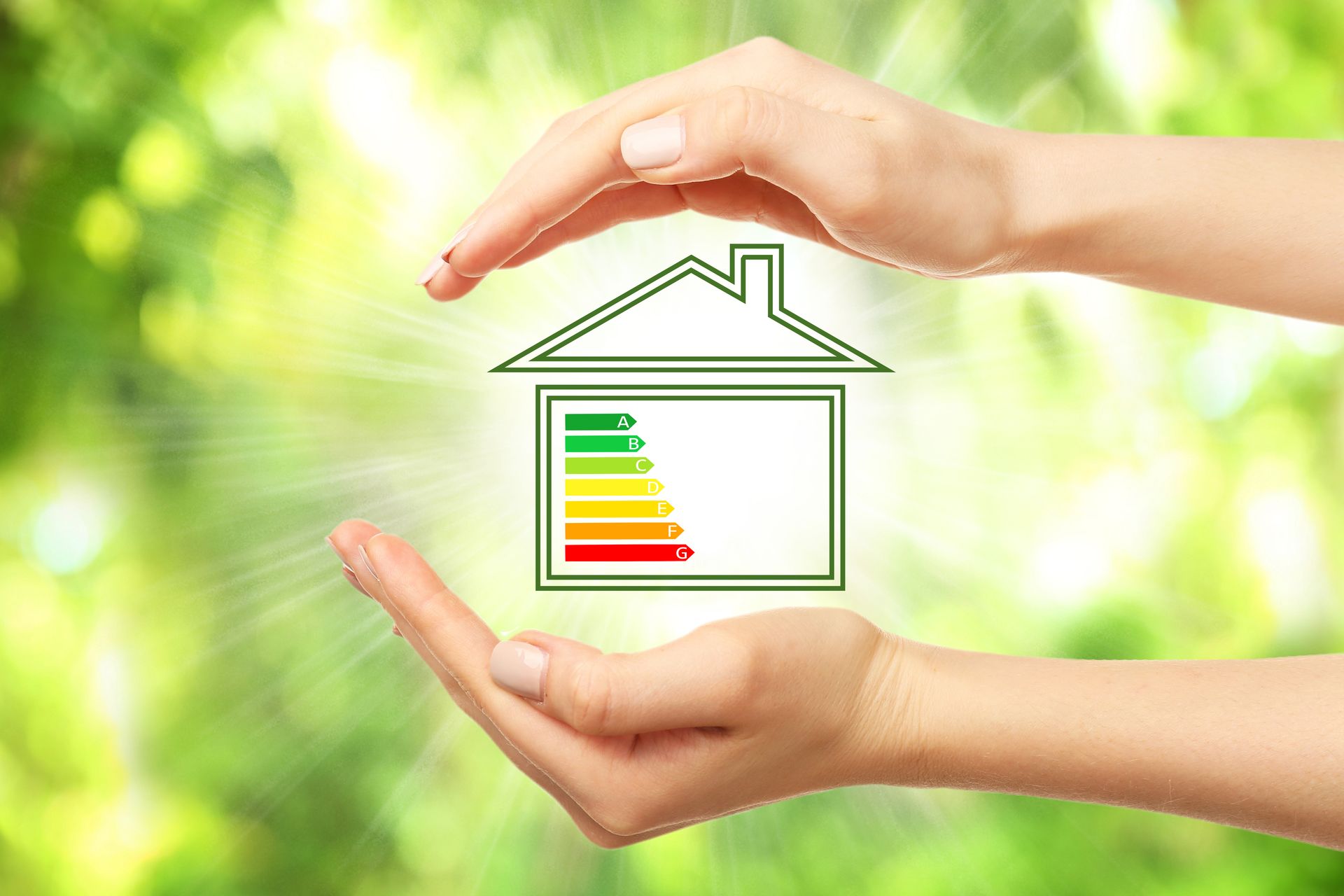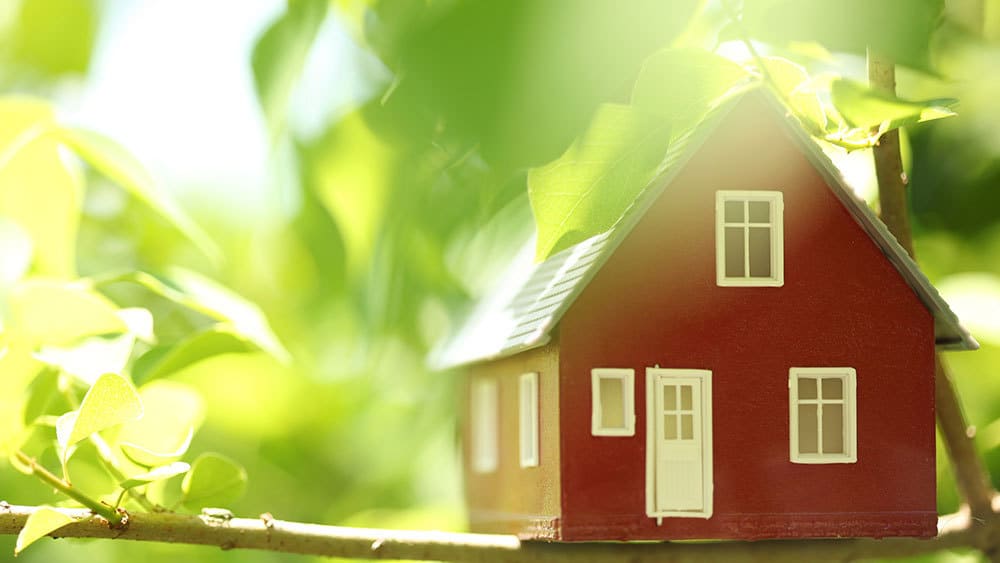In today’s world, where environmental concerns and rising energy costs dominate discussions, creating an energy-efficient home has never been more critical. An energy-efficient home not only reduces your carbon footprint but also significantly lowers your utility bills, making it a smart investment for both the planet and your wallet. With a variety of innovative solutions and technologies available, homeowners have the opportunity to optimize their living spaces for maximum efficiency while maintaining comfort and aesthetics.
This article explores essential strategies and best practices for achieving energy efficiency in your home. From smart appliances and renewable energy sources to effective insulation and energy-saving habits, we will provide you with the knowledge and tools needed to transform your space into an eco-friendly haven. Whether you are embarking on a new construction project or looking to retrofit your existing home, these insights will guide you in making sustainable choices that benefit both your family and the environment.
Smart Technologies for Energy Efficiency
Incorporating smart technologies into your home can significantly enhance energy efficiency. Smart thermostats, for example, enable homeowners to optimize heating and cooling by learning your schedule and preferences, thereby minimizing wasted energy. Additionally, smart appliances can help in monitoring and reducing energy consumption, allowing you to customize usage patterns to fit your lifestyle. Implementing these technologies creates a more responsive system that not only curtails energy waste but also contributes to long-term savings on utility bills. For more advanced options, consider exploring the innovative solutions detailed on this website, which emphasizes cutting-edge designs for sustainable homes.

Insulation and Passive Design Strategies
Effective insulation is crucial for maintaining comfortable indoor temperatures and reducing heating and cooling costs. Upgrading insulation in attics, walls, and basements can help prevent energy loss, ensuring that your home retains warmth in the winter and stays cool in the summer. Additionally, passive design strategies such as optimizing window placement for natural light and airflow can minimize reliance on artificial lighting and climate control systems. By prioritizing these approaches, you create a well-rounded energy-efficient home that not only caters to your family’s needs but also aligns with sustainable living practices.
In conclusion, achieving an energy-efficient home is a multifaceted endeavor that blends modern technology with strategic design and lifestyle choices. By integrating smart technologies, such as programmable thermostats and energy-efficient appliances, homeowners can significantly curtail energy consumption while enhancing comfort and convenience. Coupled with robust insulation and passive design strategies, these methods pave the way for a sustainable living environment that meets both immediate needs and long-term goals. Ultimately, investing in energy efficiency not only fosters a healthier planet by reducing greenhouse gas emissions but also cultivates financial savings, empowering families to live more comfortably and consciously. As we move toward a more sustainable future, the pursuit of energy efficiency stands as a vital step in creating homes that are not only efficient but also resilient and adaptable to our changing world.




